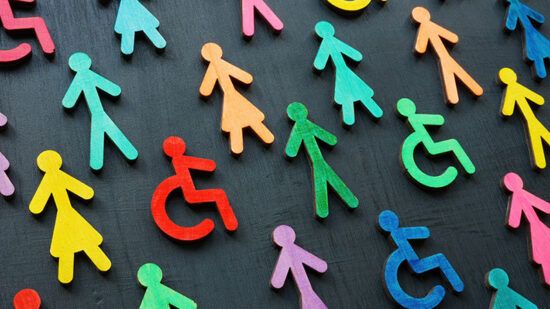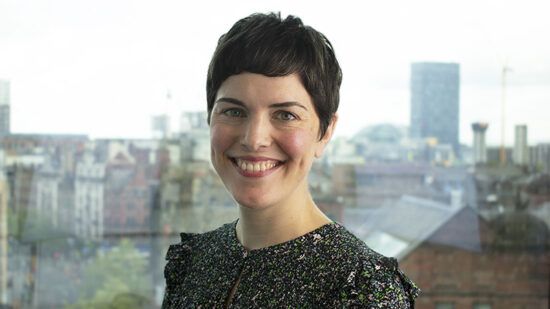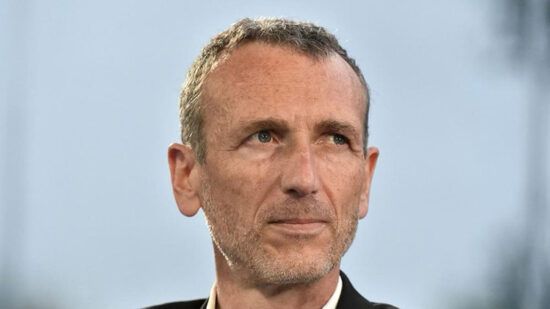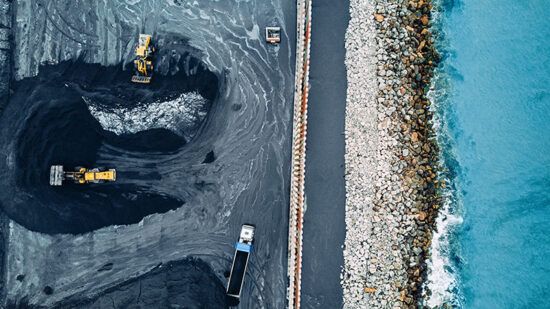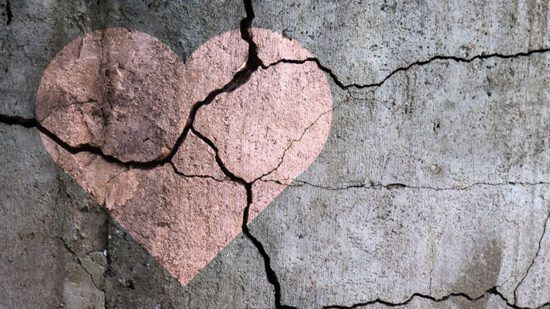While there has been rapid growth in net-zero commitments, the concept of a just transition has received less focus, while becoming increasingly important.
A ‘just’ transition is one that ensures energy transition is fair and inclusive, supporting the countries, regions, industries, communities, workers, or consumers who stand to lose economically and supporting ‘brown’ sectors to become green.
The reality is, this cannot happen without innovation and collaboration. To achieve this, governments and industries must hit targets over the next few decades– targets that could have a domino effect with massive consequences if missed.
It all means financial firms need to consider their exposures to climate risks across a longer-term time frame.
With this in mind, Guernsey Finance recently produced a report with Baringa Partners looking at how a just transition can be supported. As part of this, we looked at how the world might evolve in a net-zero scenario across the 2020s, 2030s and 2040s, as well as key potential challenges and possible solutions.
Let’s take a look…
Precise predictions of the future are impossible. However, the narratives outlined illustrate a macro view of how the world evolves in a net-zero scenario and some of the key risks to consider in longer-term strategy development and risk management.
Indeed, many regulators require financial firms to consider their climate risk exposure across this time frame. Furthermore, they build on the net-zero literature to consider a wider range of environmental, social and governance considerations necessary to realise a successful and ‘just transition’ to tackle the growing pressure of climate change.
Stephanie Glover is head of sustainable finance at Guernsey Finance



